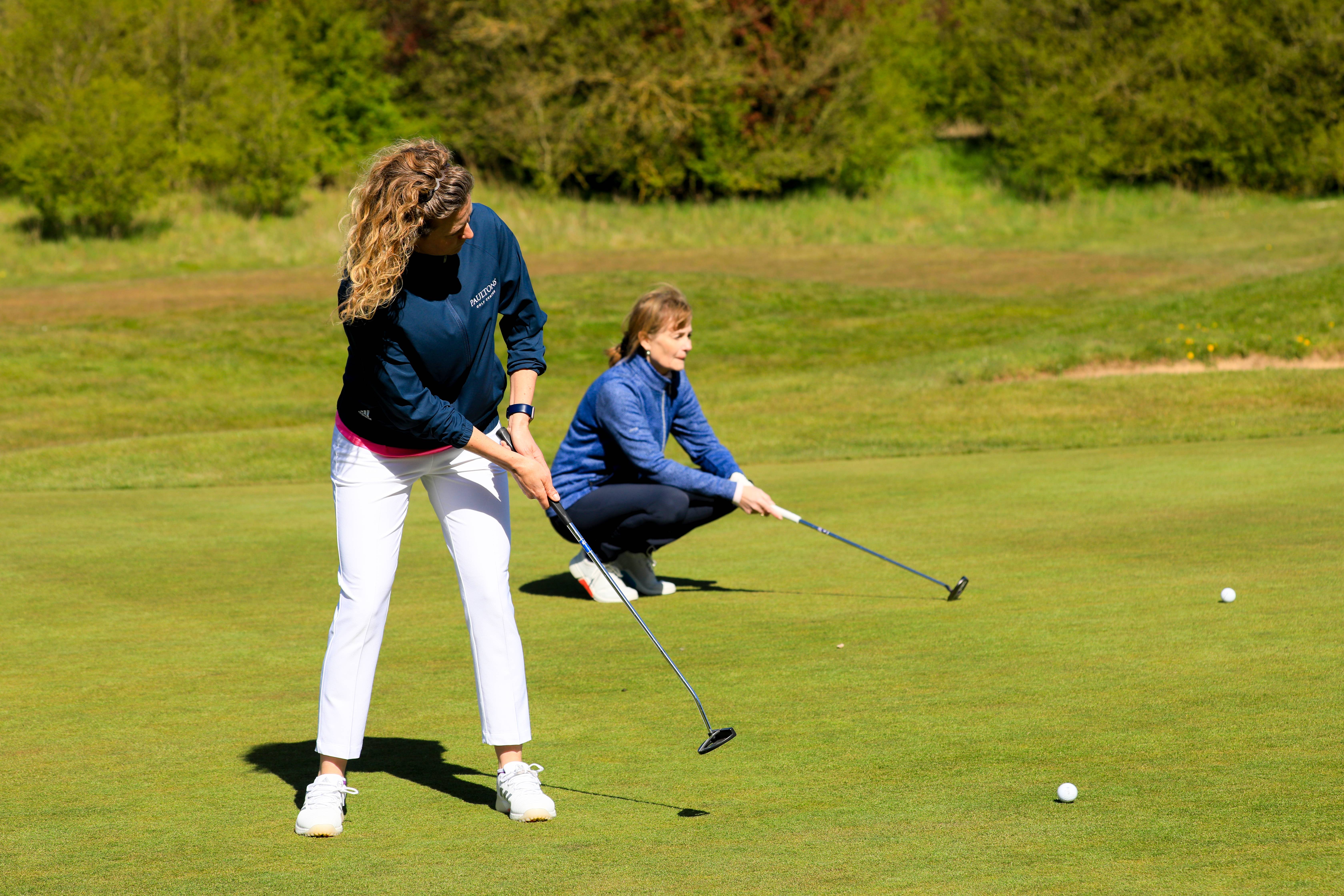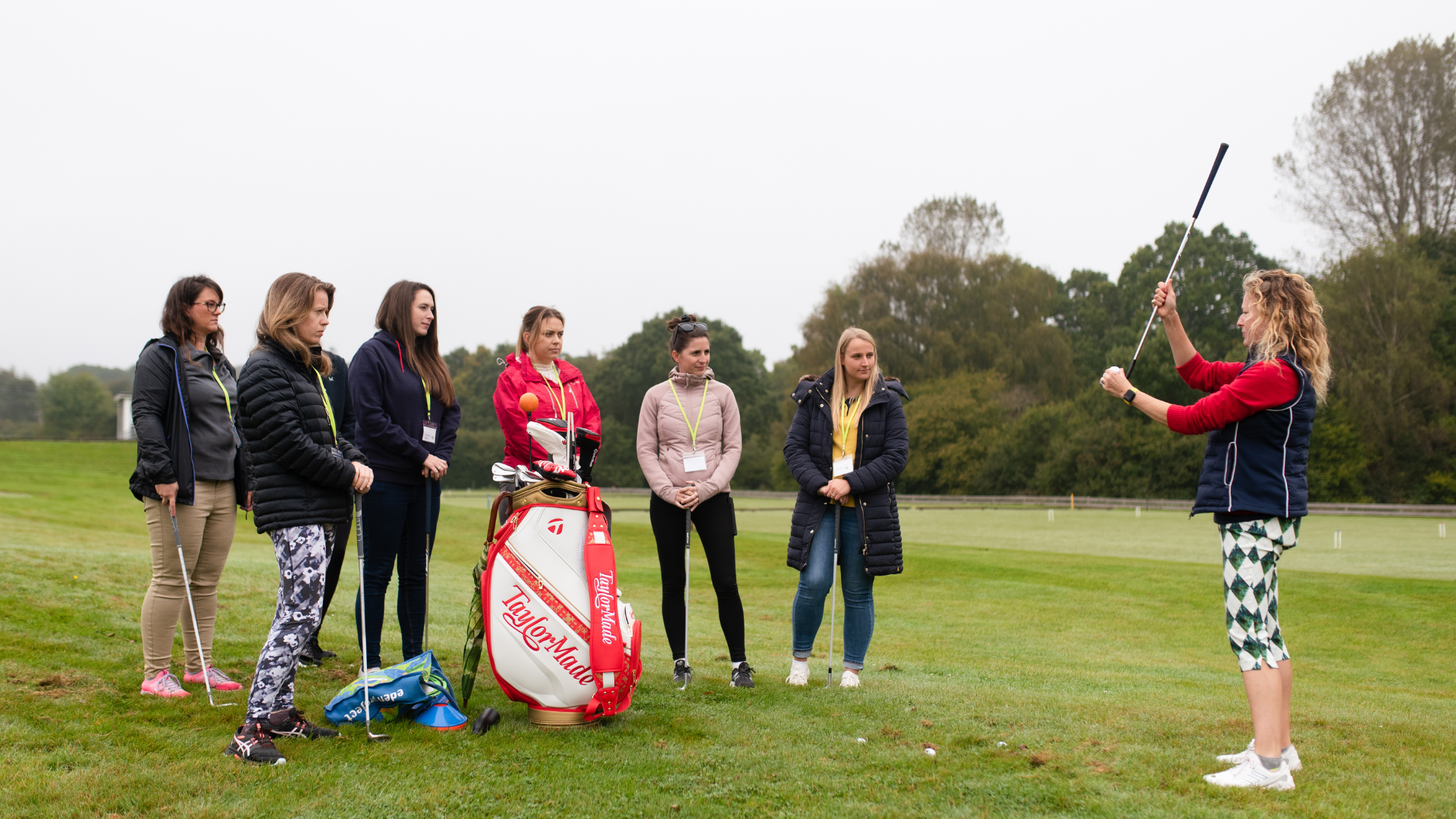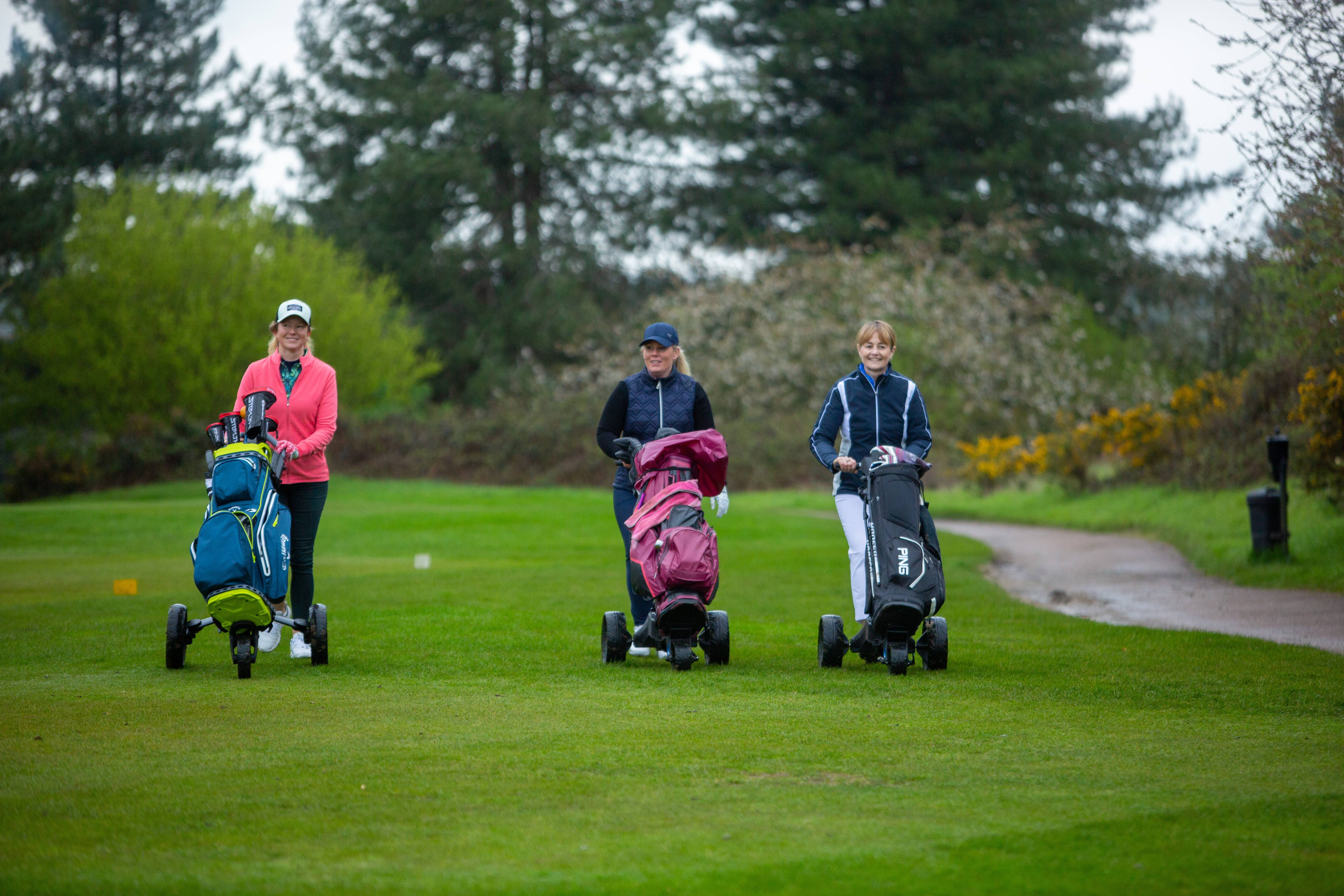
Women’s golf is in the best place it’s ever been, with greater interest and more women playing - right?
For the most part, this is absolutely true: the professional game is finally receiving the attention it deserves, prize funds are up, and there’s greater TV coverage. Plus, according to The R&A's annual review (2023), it was also a record-breaking year for elite amateur golf, with over 6,300 counting events worldwide representing a 10% increase on 2022.
Additionally, more women, especially those in the 25-35 age group, are showing an interest in the game and giving it a try. But if you’re a female golf club member of a diminishing ladies’ section, of which there are unfortunately a fair number in the UK and Ireland, I completely understand why you might ask, “Where is this influx of women playing golf?”
Despite The R&A, national federations, and golf clubs investing significant time and effort into initiatives aimed at encouraging greater female participation, many of which have helped to make notable progress, it was the Covid-19 pandemic that had the most significant impact in recent years. The pandemic led to a surge in people playing golf because it was one of the few sports allowed, and women’s golf was the biggest beneficiary.
In the UK, the number of women taking up golf more than tripled in 2020, with almost 1.5 million women playing at least one round that year. By 2022, 20% of adult golfers on full-length courses in GB&I were female, compared to 15% in 2019. According to data from Sporting Insights, female engagement remains strong with just over a quarter (28%) of the 7.3 million adults in GB&I engaging with golf through on-course and alternative formats.

However, for many everyday club golfers like myself, whose clubs are continuously trying to attract new members to their ladies’ sections and replenish an ageing demographic, these numbers can be confusing because the growth has not been there for us.
As more women take up the game, they’re finding different ways to enjoy it, like using simulators, participating in society golf, or joining emerging women's communities. Then there are the golf influencers who focus on their own game and the lifestyle associated with it, rarely promoting club memberships. I get it - golf culture has changed, it needed to change, and this is a proven approach to attract women to the game.
There are more women under 35 than ever playing golf, which is fantastic, but the demographics at most clubs across the UK, where the average woman's age is 64, present a challenge. It's a bit of a chicken-and-egg situation because, while golf allows people of all ages and abilities to play together, it's not particularly appealing for a young woman to join an environment where most members are the age of her mother or grandmother!

Recently, I had this conversation with a man from Manchester whose 33-year-old daughter has started to show an interest in the game. He was asking, "Where does she play?" At his home course, the women’s section is really small, and there is no one of a similar age. It’s unlikely that clubs will attract many 25-30-something female members until there’s a nucleus of that age group already there to welcome them, so they feel like they fit in.
This is a good problem to have, we’re moving in the right direction. It’s just a shame that after beating the drum for so long to attract more women to the game, especially to golf club membership, now that we’ve succeeded, the women’s game feels segregated at the grassroots level.
We have traditional club members on one side and new-age golfers on the other. For many ladies’ sections to thrive and survive, the industry and golf clubs will need to work even harder to demonstrate the benefits of membership, perhaps offer non-traditional playing options, and most importantly, create a modern and welcoming atmosphere to encourage women to transition.
When all is said and done, women are transitioning to club membership, it’s just not happening at the speed or volume we would hope. For example, since England Golf launched iGolf, the program allowing non-members to gain a handicap, from over 46,000 subscribers, 10,700 have transitioned into membership of affiliated golf clubs, of which just 5% (534) are women.
Times have changed, and women’s golf has moved into a new era. With more women playing in various ways and chatting about golf, word of mouth and social media is helping to introduce others to the sport. While progress may be slow in some areas, we’re still in a better position than ever.







